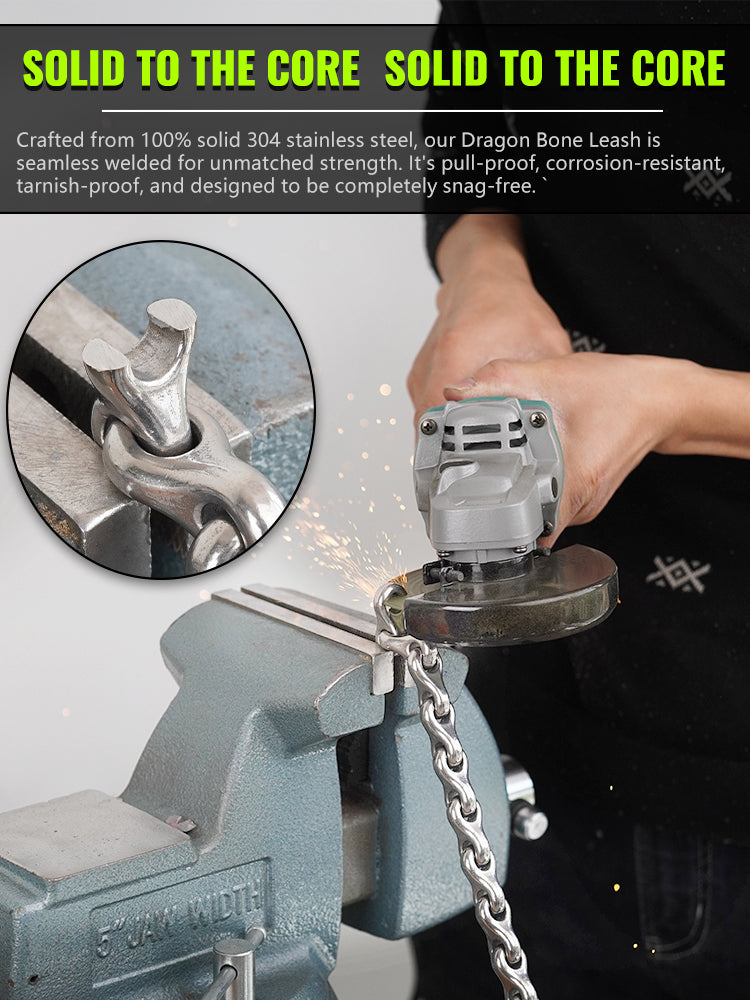
Welcome to ForgeHound. You've chosen a tool forged for power; now it's time to learn how to wield it like a professional.
A training collar (also known as a slip collar) is one of the most effective communication tools you can own. It's not designed for punishment; it's designed for *communication*—creating a bond of respect and clarity between you and your K9.
But before you use it, you must understand: **this is not a normal collar.** This is gear for a professional handler.
---
### 1. It’s a Slip Collar, Not a Choke Chain
This is the most critical distinction. The incorrect use of a "choke chain" is to pull constantly, applying steady, painful pressure.
The correct use of a "slip collar" is all about **tension and release**. Your leash should be **loose 99% of the time**. The only time you apply pressure is for a **"quick, crisp, pop"** (often called a "check") to correct a behavior (like lunging or ignoring a command), followed by an **immediate** release of all tension.
The goal of the "check" isn't to cause pain; it's to use a sensation your dog understands to say, "Hey, focus on me."
### 2. The Key to Success: The Perfect Fit
This tool is useless and dangerous if sized incorrectly. Use our professional sizing guide.
**SIZING GUIDE:**
Finding the right fit for a slip collar is critical. The size must be large enough to slip over the widest part of the head, yet snug enough that it does not accidentally fall off when your dog lowers its head.
1. **Measure Head:** Use a soft measuring tape to find the widest point of your dog's head (usually around the ears).
2. **Select Collar:** Choose a collar size that is approximately **2 inches (5 cm) LONGER** than your dog's **widest head measurement.**
*[Pro-Tip]: This 2-inch (5 cm) gap is essential: it allows the collar to slip on correctly while remaining secure at the top of the neck during training, preventing accidental slip-offs.*
### 3. The 3 "P's" of Proper Use
**a. Position**
This is the biggest mistake people make. The training collar should **NEVER** hang loosely at the base of the dog's neck. It must be positioned **HIGH on the neck**, right behind the jaw and ears.
This is the most sensitive area, where the least amount of pressure provides the clearest communication.
**b. Pressure (The "Pop")**
NEVER pull or drag your dog. The correction is a quick "pop," followed by a **total release** of leash tension. The force depends on your dog: a light flick of the wrist is enough for a sensitive Malinois; a headstrong Mastiff may require a firmer "check." But in all cases, **NEVER maintain constant tension.**
**c. Positive Reinforcement**
This tool does not replace training. It must be paired with massive positive reinforcement (praise, treats, affection). When your dog is walking loosely by your side, **praise them.** Let them know *that* is the behavior you want.
### 4. The Absolute "Don'ts"
* **NEVER** leave a training collar on an unattended dog (e.g., in a crate or yard). It can get caught on an object and cause serious injury.
* **NEVER** use a training collar as your primary tie-out. This is a **training** tool, not a **tether**.
* **NEVER** use this tool on a dog with fear or aggression issues without the guidance of a certified professional trainer.
### Conclusion: You Are The Handler
The DRACO and The RIVET are the ultimate tools. They are forged from solid steel, fully welded, and will not fail you. But remember, a tool is only as good as the person using it.
ForgeHound provides the gear. You provide the leadership.


Leave a comment